|
This post contains affiliate links.
Every December, when our kitchen turns into a cookie-making factory, I find myself returning to this bright and cozy twist on a classic: Orange Zest Gingerbread Cookie Dough. It’s like traditional gingerbread took a little vacation to a citrus grove. The mix of warm spices with the zing of fresh orange zest creates something so unexpectedly delightful, it’s become one of my must-bakes each year.
I originally came up with this variation while zesting oranges for our Cranberry Orange Muffins, and the leftover zest was just too fragrant to waste. I tossed it into my gingerbread dough on a whim, and the result? Total magic. The brightness of the orange balances the molasses and spice so well, even people who say they “don’t like gingerbread” find themselves reaching for seconds.
This recipe is also a wonderful complement to holiday recipes like Lemon Spritz Cookies with Cranberry Buttercream, Lemon Cranberry Bundt Cake, or even our cozy Hot Chocolate Bar for gatherings. And when I’m packaging cookies for gifts, I always refer back to my tips in How to Individually Package Cookies for Gifts and Perfect Packaging for Bundt Cake. It all comes together to create that festive, thoughtful holiday vibe I love bringing into our home.
Why You'll Love This Dough
- Bright, cozy flavor: Traditional gingerbread spices plus orange zest for a fresh finish.
- Perfect for cutouts: Holds shape beautifully for intricate holiday designs.
- Smells amazing: Your whole kitchen will smell like the holidays…with a citrus twist!
This dough rolls like a dream, bakes evenly, and gives you cookies that are sturdy enough to decorate but tender to bite into. It’s perfect for gifting, cookie exchanges, or simply decorating with the kids.
Watch how I make this recipe
Tools That Make It Easier
- Glass mixing bowl – I prefer it because it doesn’t absorb any odors or colors from spices.
- Kitchen mixer – Essential for creaming the butter and sugar to a fluffy, even base.
- Zester – Makes quick work of the orange zest and ensures you only get the bright outer peel.
- Adjustable rolling pin – Keeps the thickness even so all cookies bake uniformly.
- Silicone spatula – Helps scrape every bit of dough from the bowl.
- Parchment paper sheets – Prevent sticking and make cleanup easy.
- Cookie cutters – For fun shapes like snowflakes, trees, or even citrus slices.
What You’ll Need From Your Pantry
- 3 cups All-Purpose Flour
- 1 teaspoon Baking Soda
- ¼ teaspoon Salt
- 1 teaspoon Ground Cinnamon
- 2 teaspoon Ground Ginger
- ¼ teaspoon Ground Cloves
- ¼ teaspoon Ground Nutmeg
- 1 Large Egg
- 1 teaspoon Vanilla Extract
- ½ cup Molasses
- Zest from 1 fresh orange
- ¾ cup Unsalted Butter, room temperature
- ½ cup Brown Sugar, packed
Before You Start: My Quick Tip
- Zest right before using: Fresh zest gives the best aroma and flavor. I always use a microplane for fine, even texture.
- Double wrap for freezing: I wrap the dough in plastic wrap and then place it in a freezer bag. Label and date it — it’s good for up to 3 months.
- Bake in small batches: If decorating later, I bake a few trays at a time so I don’t overwhelm my decorating station.
- Roll between parchment sheets: Keeps the dough from sticking and avoids over-flouring, which can toughen the cookies.
Latest Video
A Little Backstory
This dough came about on one of those chaotic days where I was testing a few holiday recipes, had oranges zested for Lemon Cranberry Bundt Cake, molasses open for gingerbread, and sugar everywhere. Out of curiosity (and maybe a bit of impatience), I combined the leftover zest into the dough I already had mixing. The result became a staple.
Let’s Make It Together
- Start by measuring and preparing all your ingredients. This ensures the baking process goes smoothly and efficiently.
- In a mixing bowl, whisk together flour, baking soda, salt, cinnamon, ginger, cloves, and nutmeg. Set aside.
- In a separate bowl, whisk together the egg, molasses, and vanilla extract until smooth. Add in the orange zest and mix.
- In the bowl of a kitchen mixer, cream together the softened butter and brown sugar until light and fluffy (2–3 minutes).
- Scrape down the sides of the bowl and add the wet ingredients. Mix on medium speed until fully combined.
- Slowly add the dry ingredients in thirds, mixing on low speed until a soft, firm dough forms.
- Divide the dough in half, wrap each portion in plastic wrap, and flatten into disks.
- Refrigerate for at least 1 hour. For longer storage, freeze up to 3 months.
- Let the dough sit at room temp for 10 minutes before rolling. Roll to ¼-inch thickness, cut with cookie cutters, and place on a parchment-lined baking sheet.
- Chill cut-out cookies for 10 minutes before baking.
- Bake at 350°F (175°C) for 8–10 minutes. Let cool for 5 minutes on the sheet before transferring to a rack to cool completely.
Recipe variations
- Orange Spice Cocoa – Replace ¼ cup of flour with cocoa powder for a deeper, richer version.
- Ginger Snap Style – Add a pinch of black pepper and bake a bit longer for crispy edges.
- Frosted Citrus – Top with Lemon Glaze or a powdered sugar-orange juice icing.
- Cranberry Twist – Add finely chopped dried cranberries to the dough (my holiday gift boxes always include this one).
Troubleshooting Common Issues with Cutout Cookie Dough
Even with the best recipes and careful preparation, sometimes things don’t go as planned in the kitchen. But don’t worry! I’ve encountered plenty of baking hiccups, and I’m here to share some tips to help you troubleshoot common issues with cutout cookie dough.
Dough Too Sticky
If your dough feels sticky and hard to handle, it might need a little extra flour. This can happen due to slight measurement variations or even humidity in the kitchen. Start by adding one tablespoon of all-purpose flour at a time, gently kneading it into the dough until it’s firm but still pliable. Be careful not to add too much flour, as it can make the cookies dry.
Dough Cracking While Rolling
Sometimes chilled dough can feel a bit too stiff and crack when rolled out. If this happens, let the dough sit at room temperature for 10-15 minutes to soften slightly. The high butter content in the dough makes it firm when cold, but letting it warm up a bit will make rolling much easier.
Cookies Spreading During Baking
If your cookies lose their shape in the oven, it’s often due to insufficient chilling. After cutting out your cookies, place them back in the fridge or freezer for 10-15 minutes before baking. This step helps the dough hold its shape and prevents spreading.
Another trick is to add a teaspoon of cornstarch to the dry ingredients. Cornstarch reduces spreading during baking and keeps the cookies nice and sturdy for decorating.
Uneven Baking
Uneven baking can happen if the cookies are different sizes or if multiple trays are stacked in the oven. To avoid this, make sure your cutout cookies are all the same thickness and bake one tray at a time on the middle rack. This ensures even heat distribution and perfectly baked cookies every time.
Overbaked or Burnt Edges
If your cookies are coming out with dark edges, they may have baked too long. Keep an eye on them as they bake—most cookies are done when the edges are set but the centers still look slightly soft. Start checking a minute or two before the recommended baking time to ensure they don’t overbake.
Dough Too Soft to Cut
If the dough is too soft when you’re cutting out shapes, it likely hasn’t chilled long enough. Pop it back in the fridge for another 20-30 minutes to firm up before trying again. Patience is key for perfectly shaped cookies!
Personal Tip
Don’t get discouraged if things don’t go perfectly the first time. Baking is as much about learning as it is about enjoying the process. I’ve had my share of “oops” moments, but each one taught me something new. And honestly, even the imperfect cookies still taste amazing!
Troubleshooting is just part of the fun when baking, and with a little patience and these tips, you’ll have beautiful, delicious cut-out cookies ready to share. Let’s move on to the best part—enjoying these delightful creations!
Preserving Cutout Cookie Dough: Storage and Freezing Tips
Proper storage and freezing are key to preserving the quality of cutout cookie dough, ensuring it’s just as good when you’re ready to bake as it was when you first made it. Whether you’re chilling dough for a short period or freezing it for future use, these methods are essential for maintaining flavor and texture. This section provides practical tips and techniques to help you efficiently store and extend the life of your cookie dough.
Storing Dough in the Refrigerator
If you’re planning to bake within the next few days, store the dough in the refrigerator. After dividing the dough into two portions, wrap each one tightly in plastic wrap and place it in the fridge. Chilling the dough for at least an hour firms it up, making it easier to roll and cut into shapes. You can store the dough in the refrigerator for up to three days.
Freezing Dough for Longer Storage
For longer storage, freezing the dough is a fantastic option. Here’s how I do it:
1. Wrap each dough disk in an extra layer of plastic wrap or aluminum foil to protect it from freezer burn.
2. Place the wrapped disks into a freezer-safe zip-top bag for extra protection.
3. Label the bag with the date and the name of the dough using a Sharpie. This avoids any confusion when you’re digging through the freezer later!
The dough will keep beautifully in the freezer for up to three months.
Thawing Dough for Use
When you’re ready to bake, simply transfer the dough from the freezer to the refrigerator and let it thaw overnight. By the next day, it will be chilled and ready to roll. If the dough feels too firm after thawing, let it sit on the counter for 10-15 minutes to soften slightly before rolling.
Freezing Baked Cookies
If you’re planning to bake ahead of time, you can also freeze the baked cookies. Once the cookies have cooled completely, layer them between sheets of parchment paper in a freezer-safe container. This prevents them from sticking together. Just like the dough, label the container with the date and flavor so you can stay organized.
When you’re ready to serve or decorate, let the cookies thaw at room temperature for about 30 minutes.
Staying Organized During Holiday Baking
My holiday baking season gets busy fast, so freezing dough and baked cookies is my secret weapon. I usually start making my dough in September, bake in October or November, and decorate in December. This timeline helps me stay ahead of the holiday rush while still having plenty of fresh, delicious cookies to share.
With these storage tips, you can make your holiday baking stress-free and enjoy the process just as much as the results!
Decorating Cutout Cookies: Techniques and Tips
Once my cutout cookies are baked and cooled, it’s time for my favorite part—decorating! This is where I can transform these tasty cookies into beautiful treats for any occasion. Whether I’m using royal icing, chocolate icing, or dipping them in chocolate, decorating is where creativity and tradition converge in my kitchen.
Getting Ready to Decorate
First, I always make sure my cookies are completely cooled before decorating. Trying to decorate warm cookies is a recipe for disaster—melting icing and smudged designs are no fun. Let them cool completely for the best results.
I like to set up my decorating area with everything I need organized and ready:
• Royal icing in piping bags with fine tips for detailed designs.
• Chocolate icing in piping bags, used just like royal icing for piping intricate patterns or designs.
• Dipped in chocolate for adding a glossy finish to cookies.
• Sprinkles, crushed nuts, or crushed peppermint candy canes for decorating dipped cookies.
• Edible markers for writing or drawing directly on the cookies.
I also line my workspace with parchment paper, which keeps cookies from sticking and makes cleanup easy.
Decorating with Royal Icing
Royal icing is my go-to for that smooth, polished cookie look. I start by outlining the cookie with a thicker consistency icing, then flood the center with a thinner icing. A toothpick is perfect for spreading the icing evenly and popping any air bubbles.
If I’m layering colors or adding details, patience is key! A light design or piping dries in about 24 hours, but fully flooded cookies can take up to 48 hours to dry completely. For a detailed guide on working with royal icing, check out my blog post How to Flood Cookies with Royal Icing. It’s packed with tips and tricks to make your cookies look professionally decorated!
Decorating with Chocolate Icing
Chocolate icing works similarly to royal icing—it’s piped on top of the cookies using a piping bag. It’s great for adding intricate patterns or creating fun, festive designs. You can use dark chocolate, milk chocolate, or white chocolate, depending on the look and flavor you’re going for.
Unlike dipped chocolate, chocolate icing dries with a slightly glossy finish and is ready to handle in about 30 minutes to an hour, depending on the thickness of the design. I go into more detail about working with chocolate icing in my blog post Chocolate Cookie Decorating Tips, so be sure to check it out for inspiration!
Dipped in Chocolate
Another fun and simple method is dipping cookies in melted chocolate. I dip half of the cookie into the chocolate for a two-tone effect, which looks both elegant and festive.
While the chocolate is still wet, I sprinkle the dipped side with holiday sprinkles, crushed nuts, or crushed peppermint candy canes. This method adds texture, color, and a burst of flavor to every bite. Unlike piped chocolate icing, dipped chocolate works as a base for these fun toppings. If you’re curious about how to achieve the perfect dipped cookie, check out my blog post How to Decorate Cookies with Melted Chocolate for a step-by-step guide.
Dipped cookies dry much faster than royal icing—typically within 30 minutes to an hour, depending on how thick the chocolate layer is.
Storing Decorated Cookies
Once decorated, I let the cookies dry completely before stacking or packaging. For royal icing, I allow up to 48 hours for flooded cookies to set, while chocolate icing or dipped cookies are usually ready in about an hour.
For gifting, I individually wrap each cookie in self-sealing plastic bags. This keeps them fresh, prevents decorations from smudging, and makes them look beautifully presentable.
More Holiday Favorites From My Blog
If you love this recipe, you’ll definitely enjoy:
- Spiced Gingerbread Cookie Dough – classic with a peppery twist
- Red Gingerbread Cookies – colorful and fun for decorating
- Green Gingerbread Cookies – whimsical, perfect for Christmas trees
- Classic Gingerbread Cookie Dough – a tried-and-true favorite
- Chocolate Ginger Sugar Cookie Dough – a rich, fudgy version
- Lemon Spritz Cookies with Cranberry Buttercream – delicate and festive
- Royal Icing and Chocolate Royal Icing – perfect finishes for decorating
- How to Perfectly Flood Cookies With Royal Icing – my full decorating guide
You can also explore holiday party ideas and cookie decorating setups in posts like Gingerbread House Decorating Party or fun gift ideas like Package Homemade Cookies and Fudge.
This dough is now a staple in our home, and I hope it becomes part of your holiday tradition too. Let the warmth of ginger and the brightness of orange bring some cheer to your baking season. Happy baking!
Orange Zest Gingerbread Cookie Dough
Video
Ingredients
- 3 cups All-Purpose Flour
- 1 teaspoon Baking Soda
- ¼ teaspoon Salt
- 1 teaspoon Ground Cinnamon
- 2 teaspoon Ground Ginger
- ¼ teaspoon Ground Cloves
- ¼ teaspoon Ground Nutmeg
- 1 Large Egg
- 1 teaspoon Vanilla Extract
- ½ cup Molasses
- 1 fresh orange zested
- ¾ cup Unsalted Butter at room temperature
- ½ cup Brown Sugar packed
Instructions
- Start by measuring and preparing all your ingredients. This ensures the baking process goes smoothly and efficiently.
- In a glass mixing bowl, whisk together the all-purpose flour, baking soda, salt, ground cinnamon, ground ginger, ground cloves, and ground nutmeg. Whisk until fully combined, then set the bowl aside.
- Use a zester to zest the fresh orange.
- In a separate bowl, whisk together the egg, molasses, and vanilla extract until smooth and well blended.
- Add the orange zest to the wet ingredient mixture and whisk until evenly incorporated.
- In the bowl of your kitchen mixer, add the unsalted butter (softened to room temperature) and packed brown sugar. Using the paddle attachment, cream them together on medium speed for about 2-3 minutes, until the mixture becomes light and fluffy.
- Scrape down the sides of the bowl with a silicone spatula, then pour in the egg and molasses mixture. Mix on medium speed until fully combined.
- Slowly add the dry ingredients to the wet mixture, about ⅓ at a time, mixing on low speed after each addition. Continue mixing until a smooth, slightly firm dough forms. The dough should hold together but not feel sticky.
- Divide the dough into two equal portions. Using a silicone spatula, scoop each portion onto a piece of plastic wrap. Loosely wrap the dough, then press it into flat disks.Place the wrapped dough disks in the refrigerator to chill for at least 1 hour. Chilling helps firm the dough, making it easier to roll out and cut into shapes.If you’re not planning to use the dough right away, you can freeze it for up to 3 months. Wrap each disk in an extra layer of plastic wrap or aluminum foil to prevent freezer burn, and place them in a labeled freezer-safe bag. Thaw overnight in the fridge before using.
Nutrition
From My Kitchen to Yours
Gingerbread Recipes
- Moist Gingerbread Bundt Cake with Warm Caramel Hidden Inside
- Gingerbread Man Chocolates for Garnishing Cookies, Cupcakes, and Cakes
- Festive Holiday Cupcakes with Classic Gingerbread Flavor
- How to Make Amber Gingerbread Cookie Dough (No Molasses Needed)
- Fragrant Orange Gingerbread Cookies with Warm Spices
- Chocolate-Spiced Gingerbread Cookies for Christmas Baking
Pin It For Later
Food Photography & Video Tips from My Studio
Here’s a peek at the tools, gear, and camera setups I use to film my recipe videos and photograph food at home. Over the years, I’ve tested dozens of different setups, and now I’m sharing what actually works for me—whether I’m filming overhead shots for YouTube or styling still photos for my blog. If you’re curious about how I create the content you see here, these posts are a great place to start.

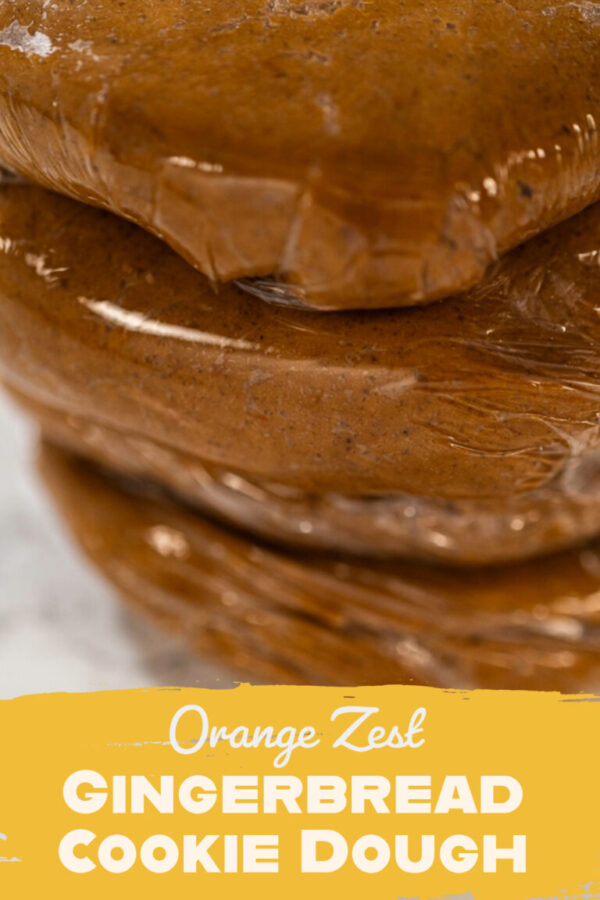
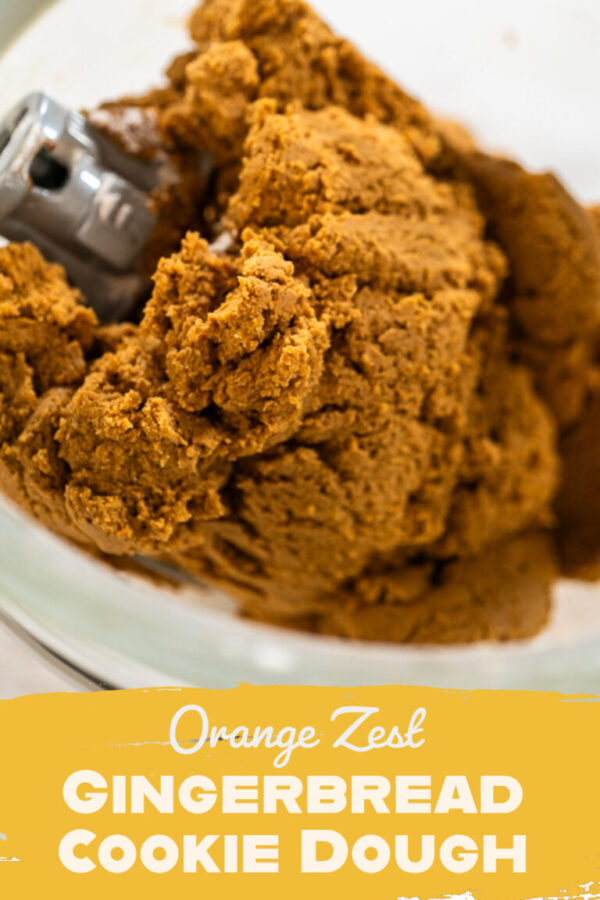
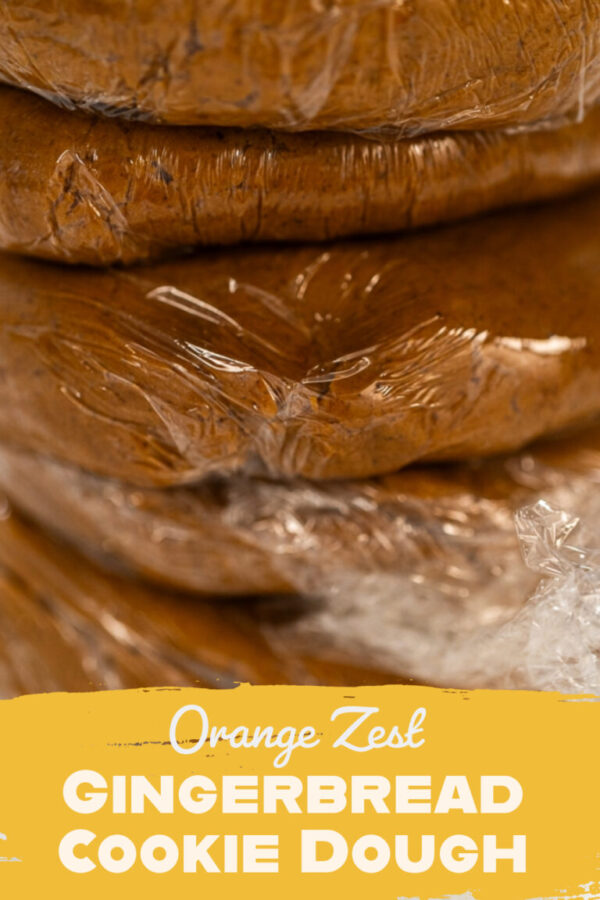

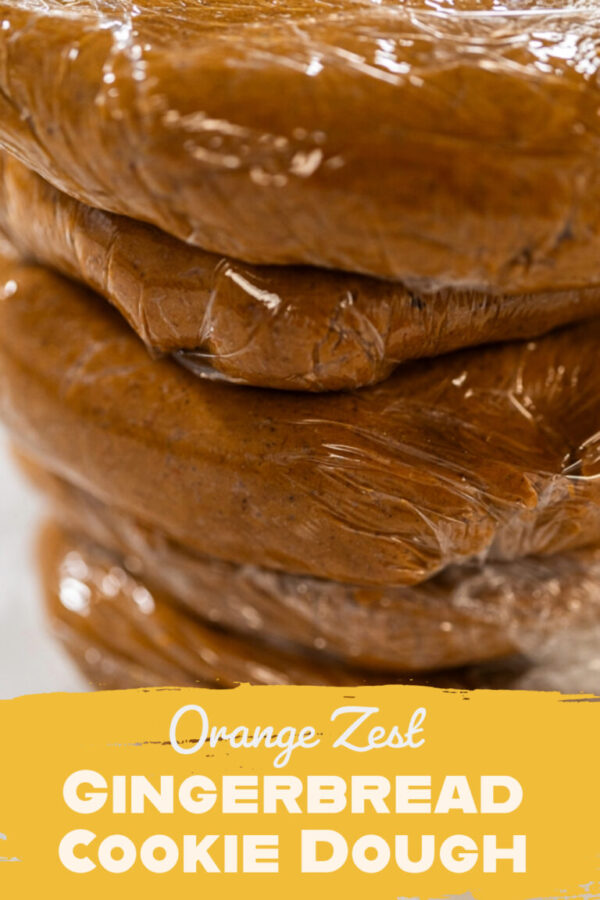

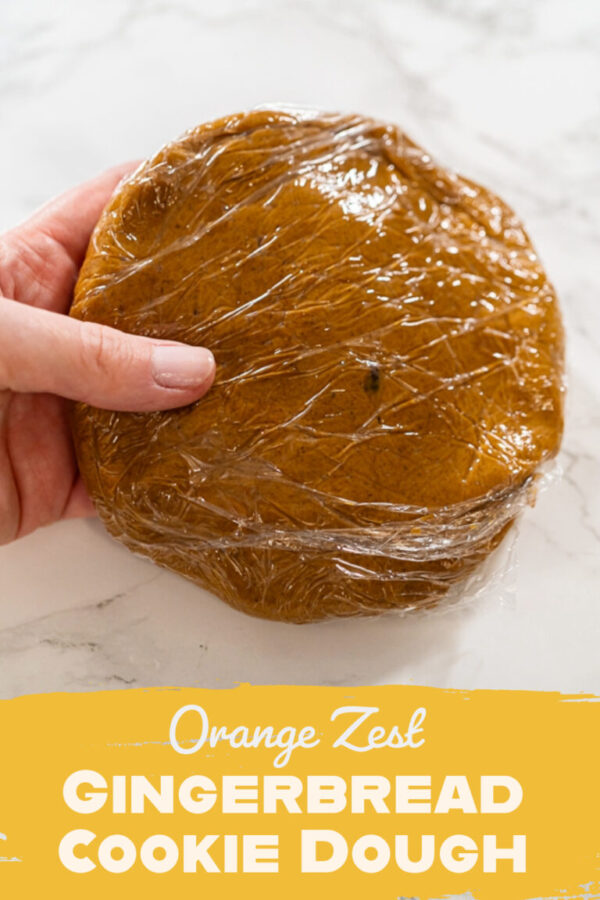

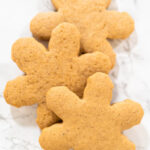

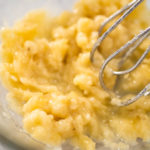
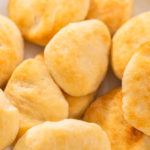


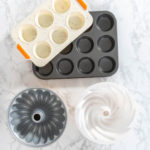
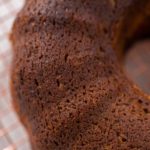





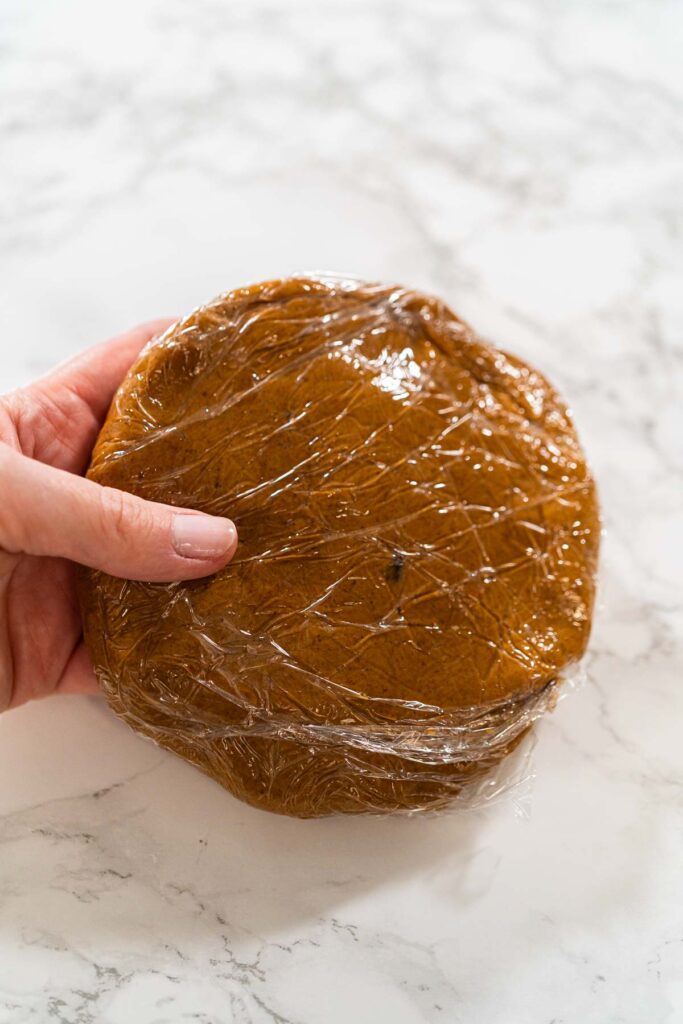
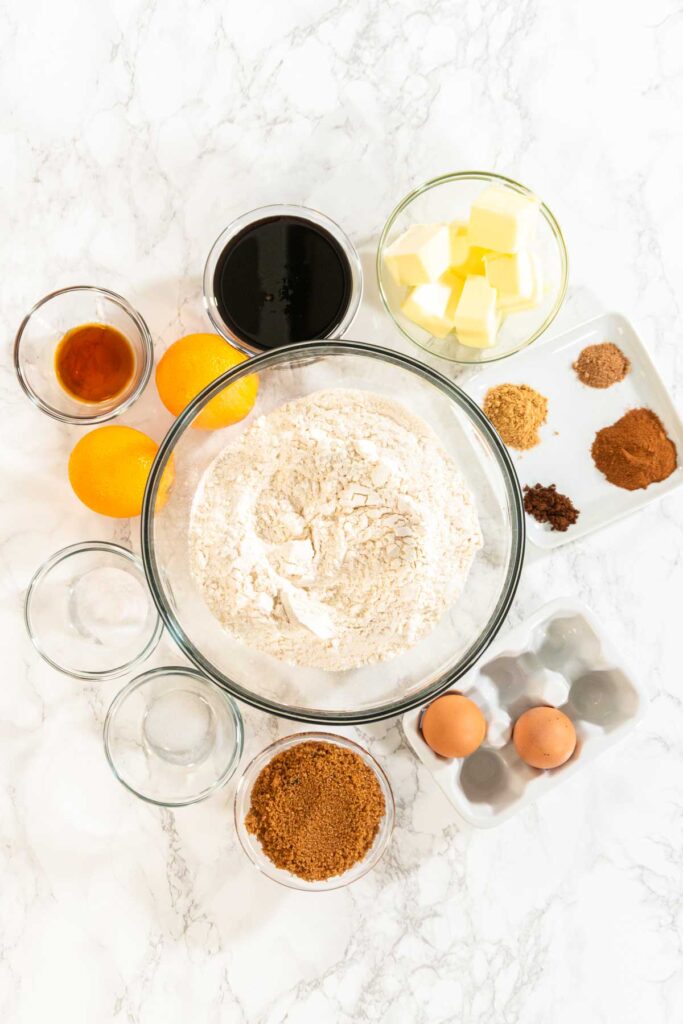

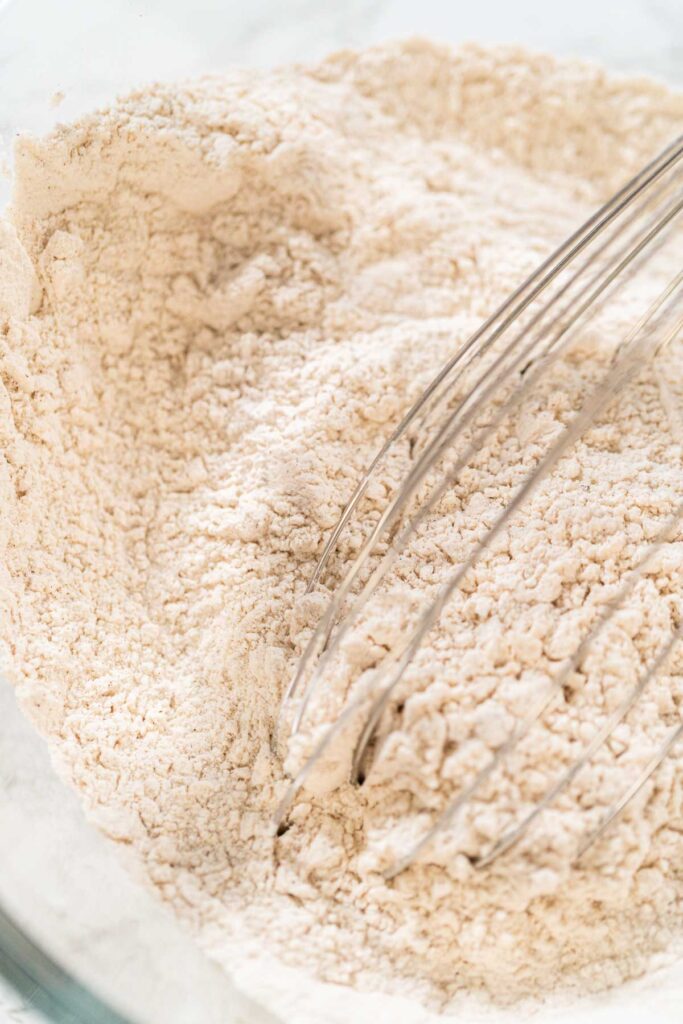

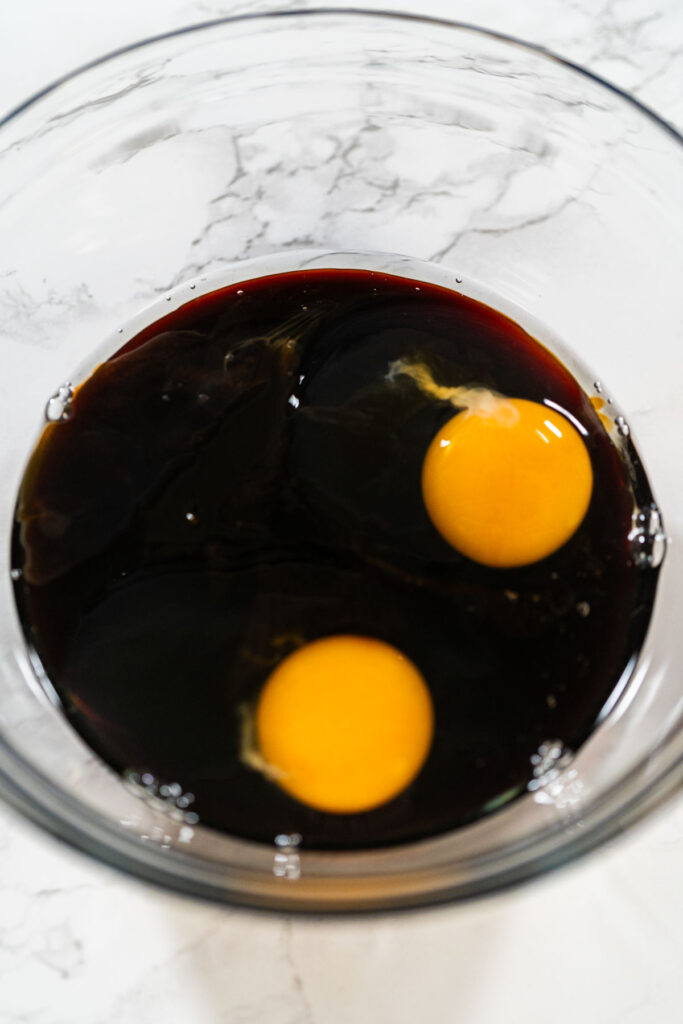
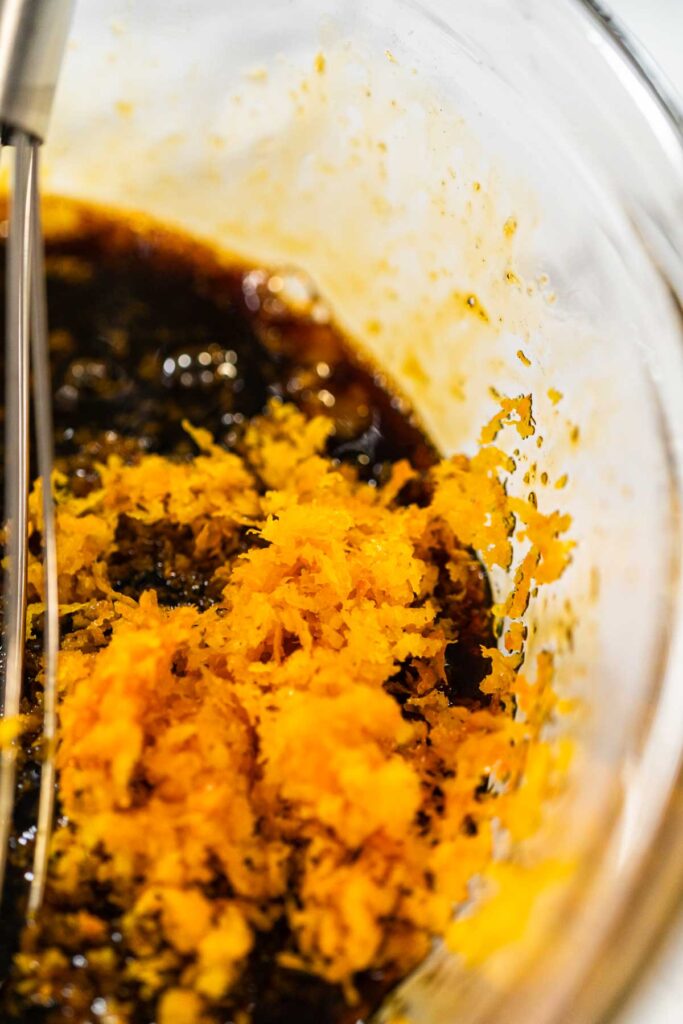
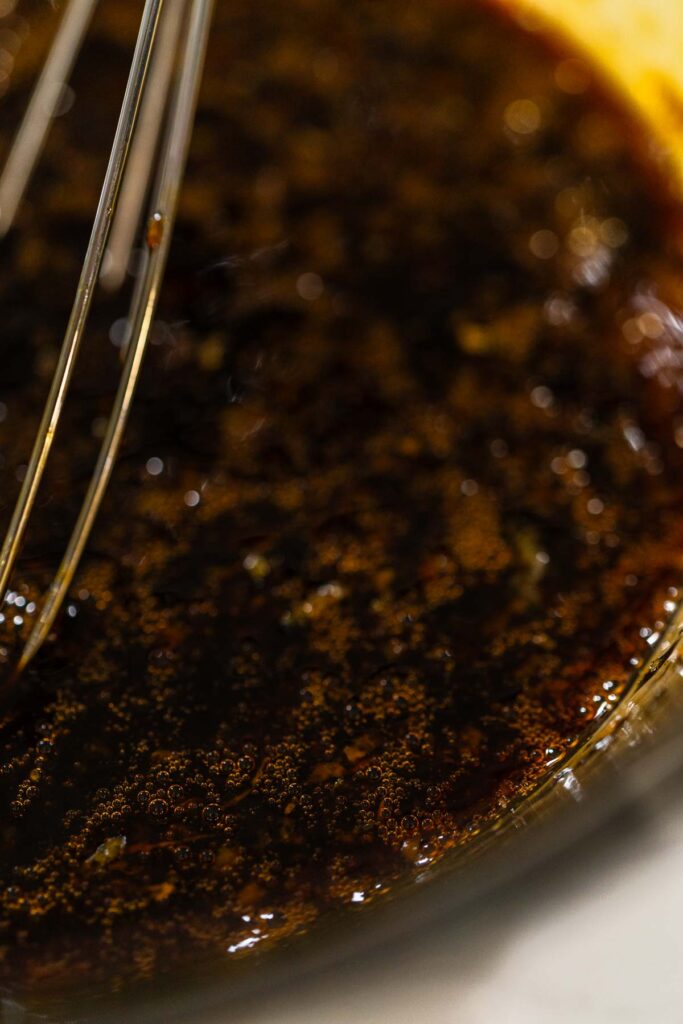
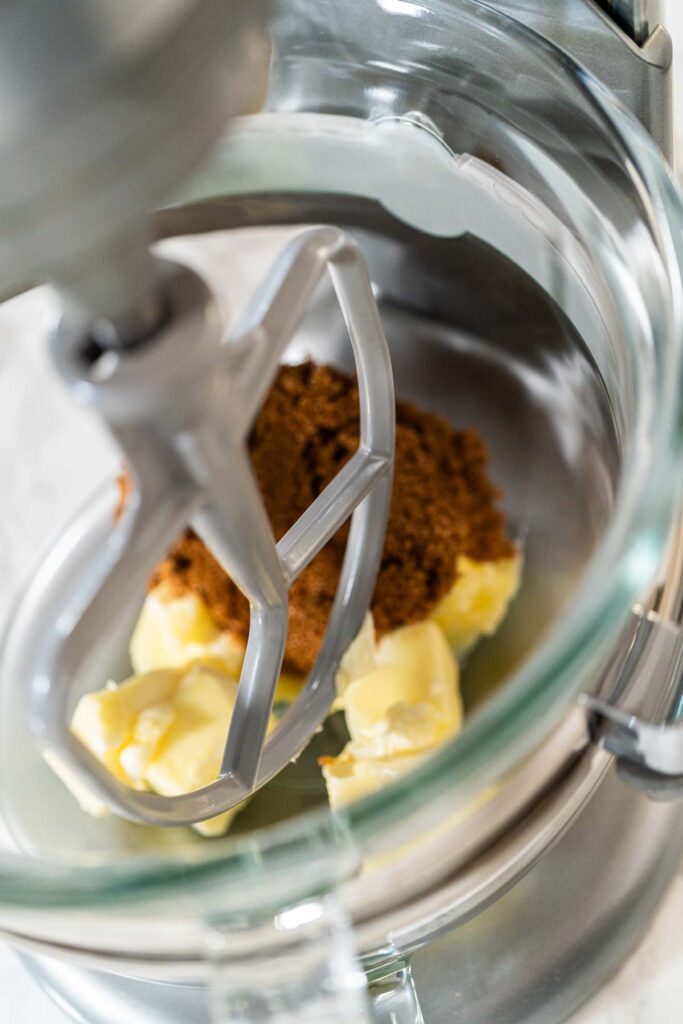
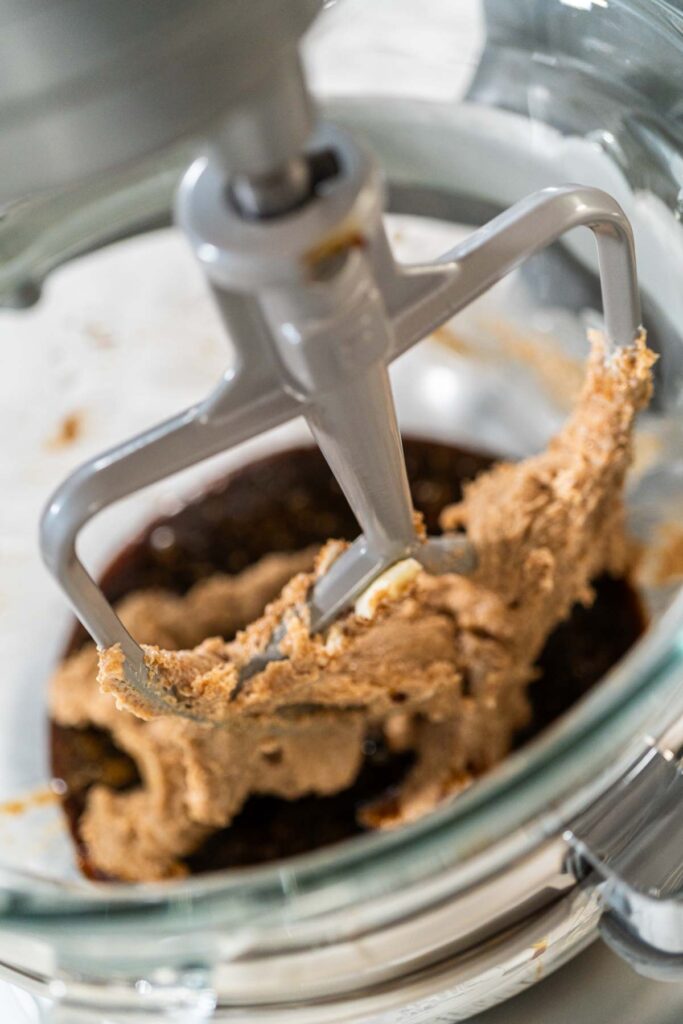
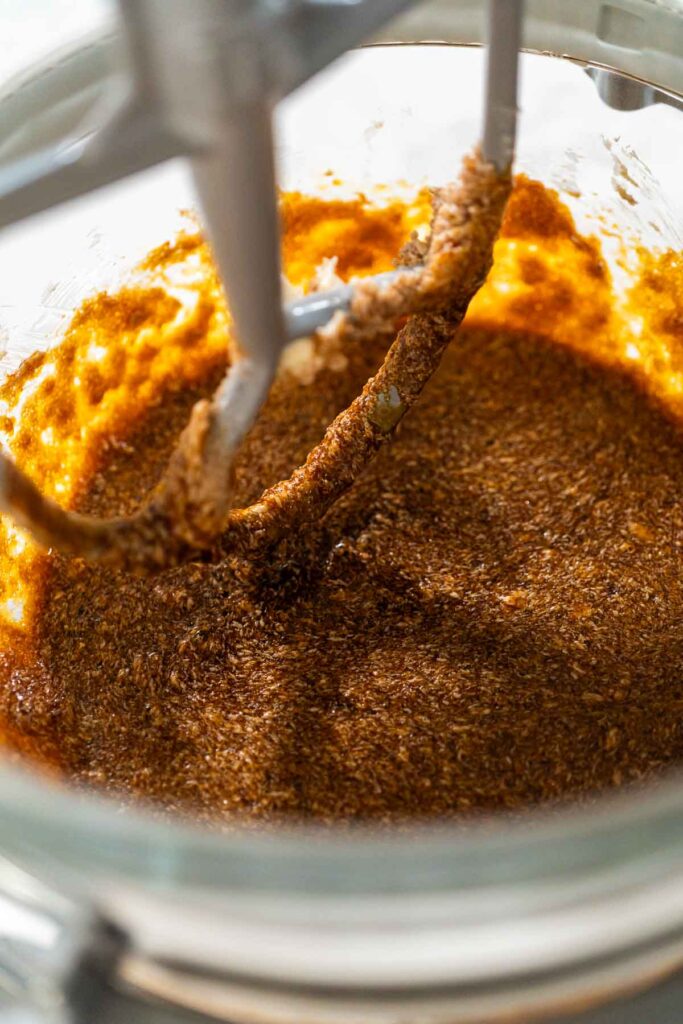
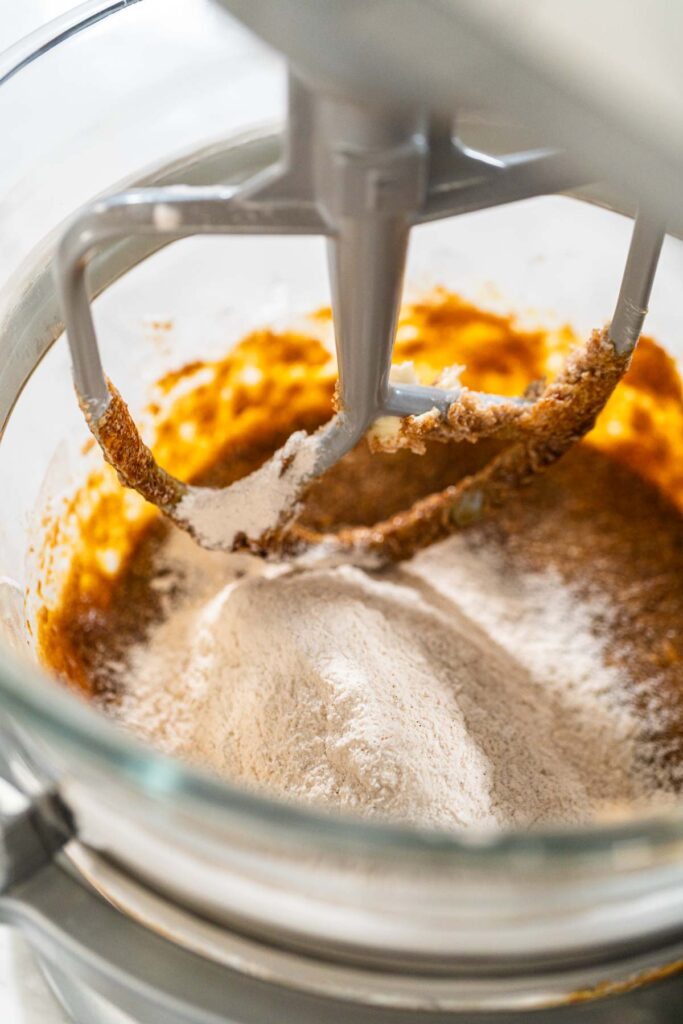
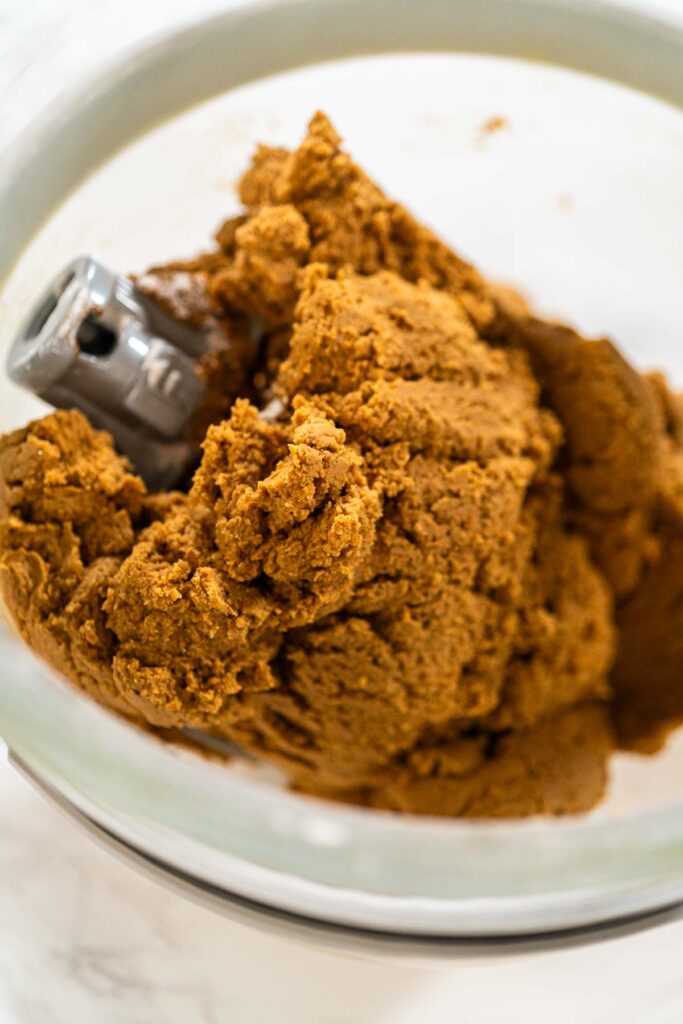
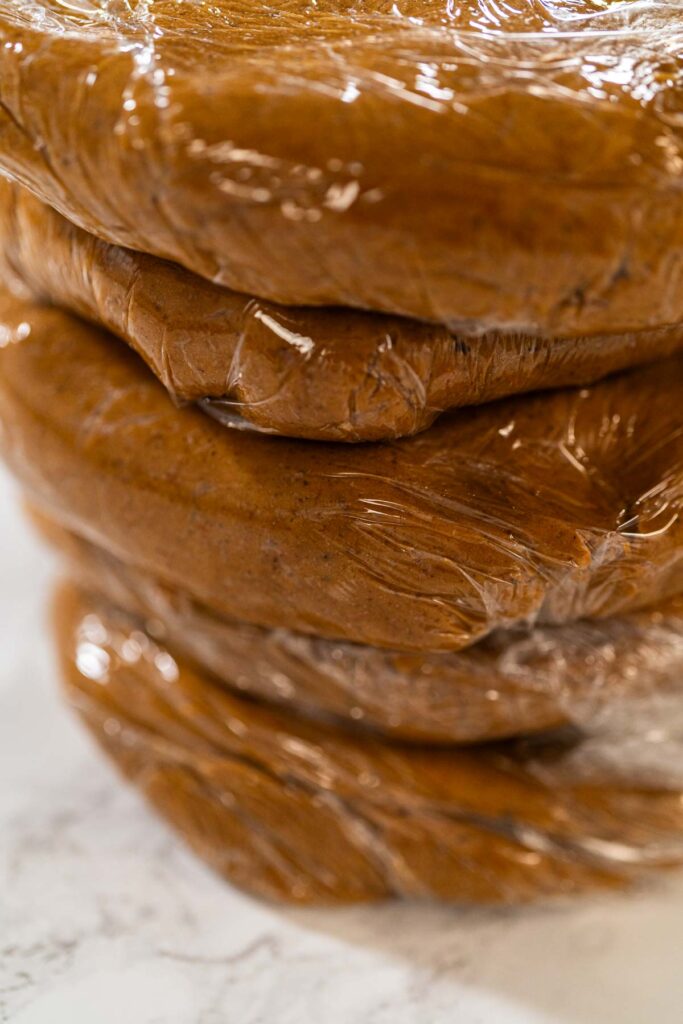
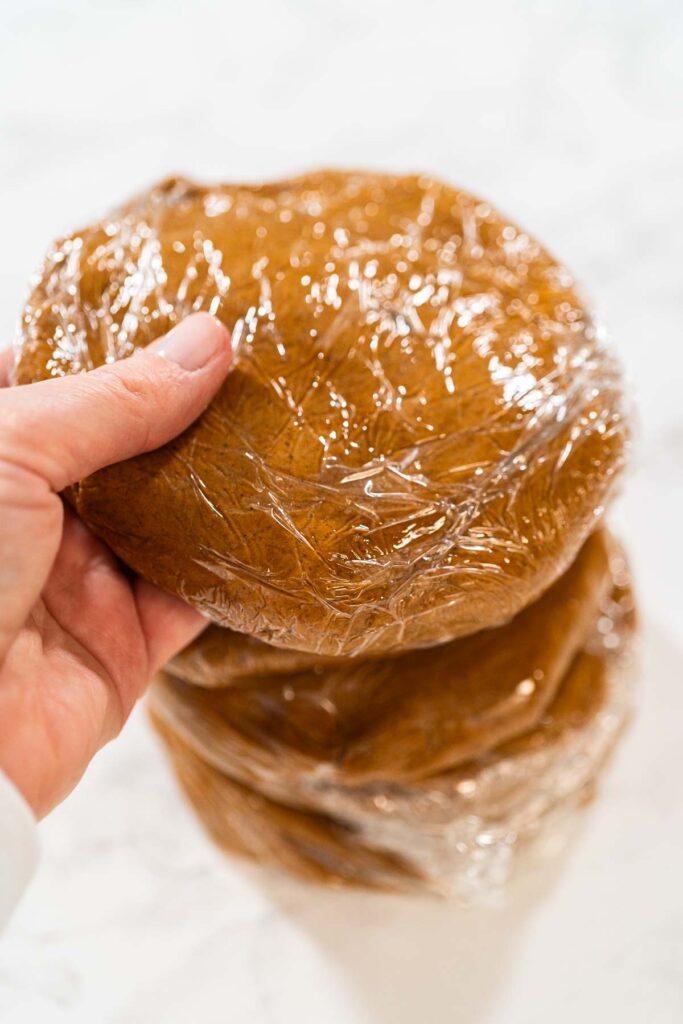
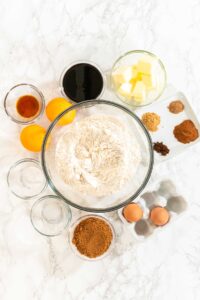

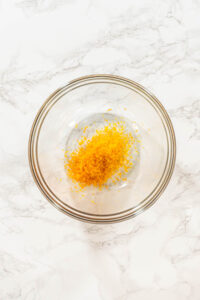
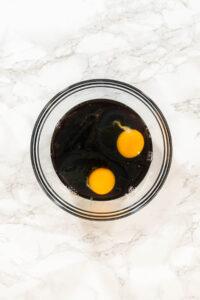
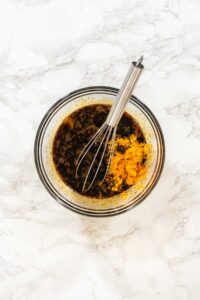



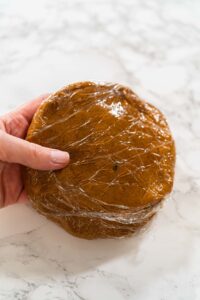
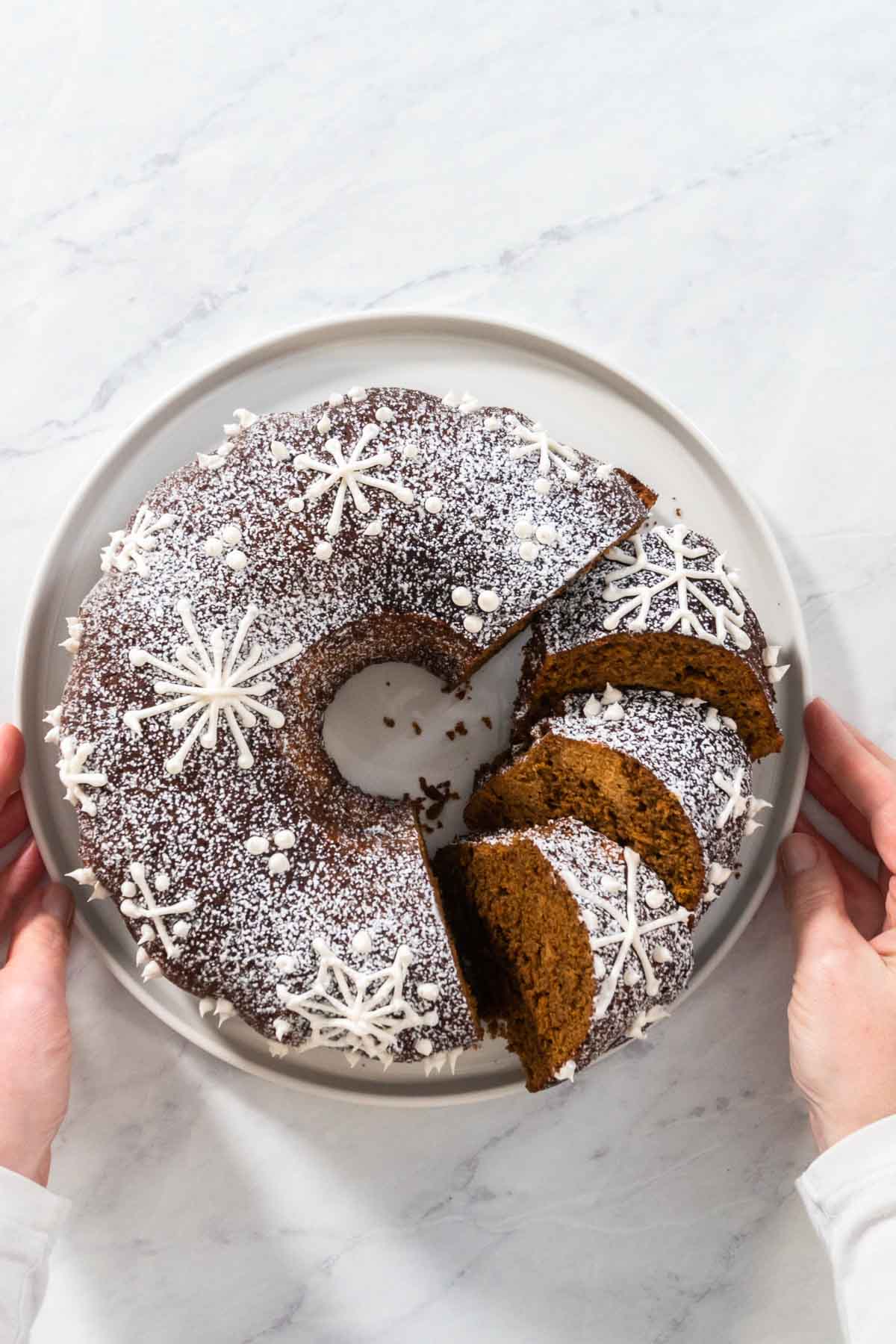

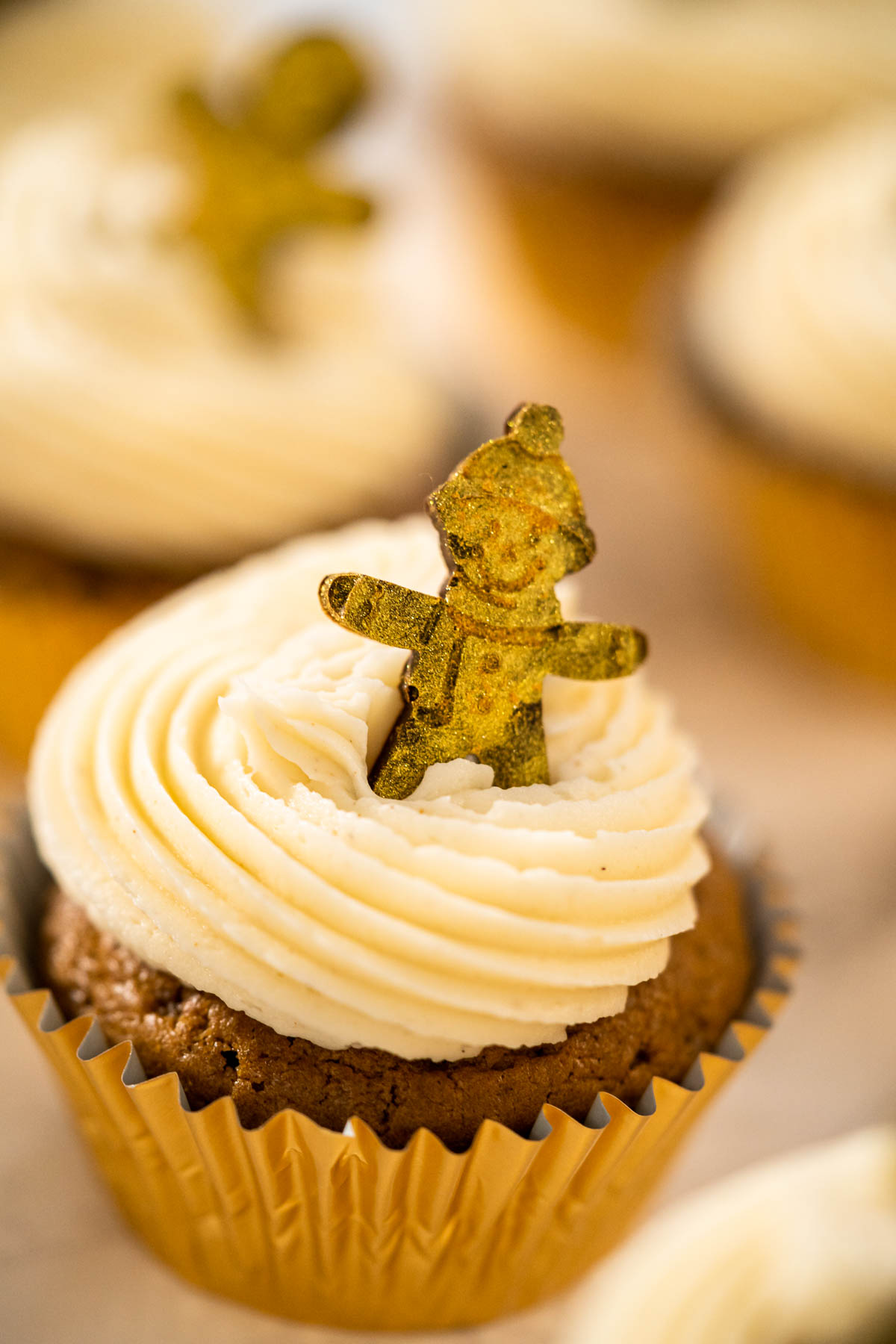

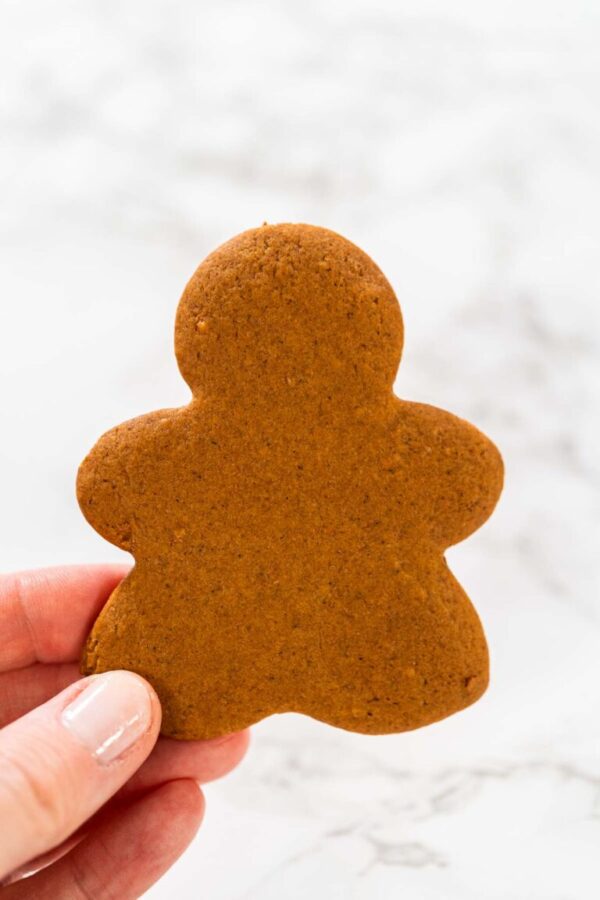
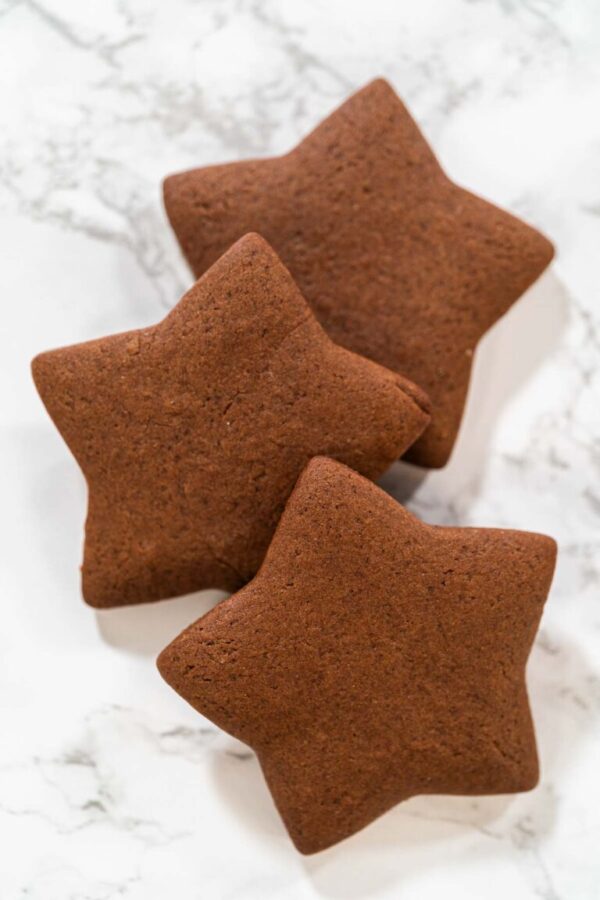




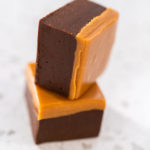



Leave a Reply